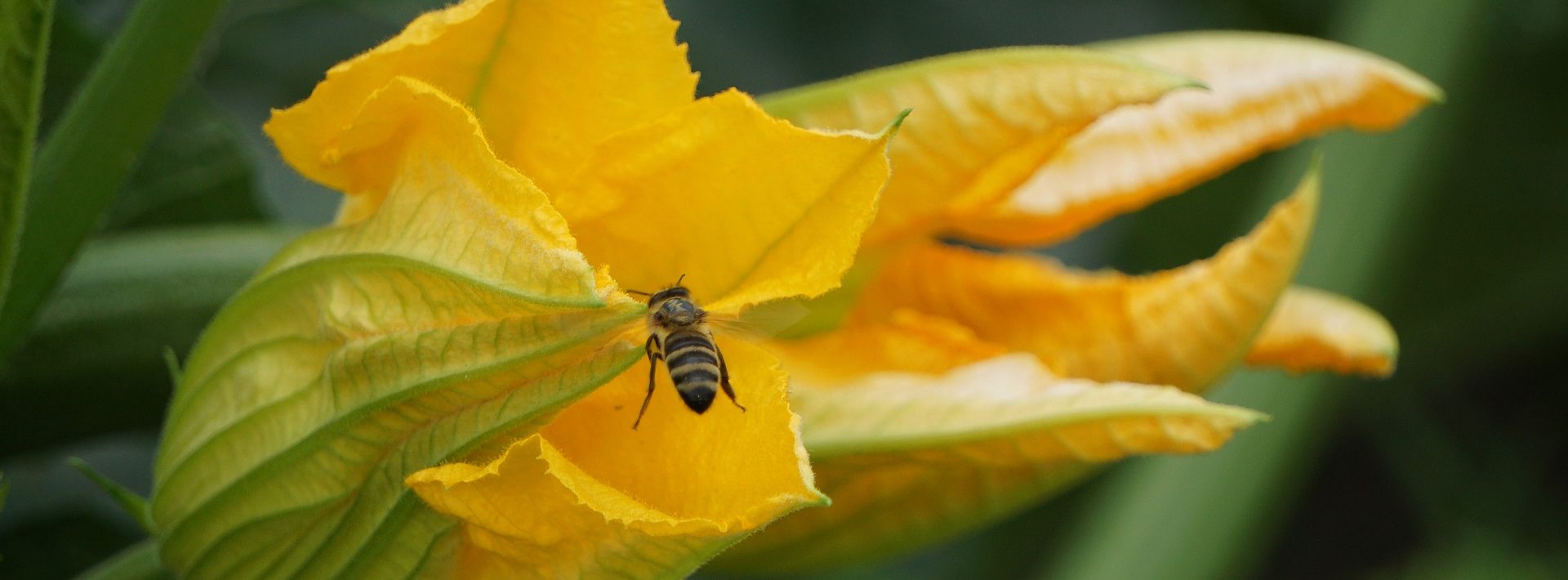
In August you may notice the days getting longer and the ground is just a little warmer. It’s a sign that spring is not too far off and it’s time to start planning what vegetables and herbs to grow.
The warm weather and longer days gives us many options of vegetables and herbs to grow in spring. However, it’s important to plan so you can grow your seedlings while the weather is just warm enough and they can thrive before it gets too hot.
As Australia’s climate is quite diverse it’s essential to consider the climate where you live to know what vegetables and herbs to grow and when to plant.
We’ve listed some general suggestions below for warmer and cooler regions in Australia. However, you may also want to research specific advice for your unique microclimate.
What to grow in warmer regions
In warmer regions that don’t experience frosts or have frosts only occasionally you should be able to grow most vegetables and herbs below.
Suggested Vegetables
- Capsicum
- Chillies
- Cucumber
- Eggplant
- Leek
- Lettuce
- Pumpkin
- Rocket
- Silverbeet
- Spring onion
- Tomatoes
- Zucchini
Suggested Herbs
What to grow in cooler regions
In cooler regions where temperatures may stay low for longer periods of time we suggest the vegetables and herbs below.
Suggested Vegetables
- Artichoke
- Beetroot
- Carrots
- Celery
- Climbing beans
- Chillies
- Cucumber
- Leek
- Lettuce
- Onions
- Parsnip
- Peas
- Radishes
- Silverbeet
- Spinach
- Swedes
- Sweet corn
- Tomatoes
- Turnips
Suggested Herbs
Other Tips
Support climbing plants with stakes. Many summer vegetables grow tall and require support, such as tomatoes and cucumbers. This helps to avoid pests and diseases by keeping its leaves away from the soil and also allowing for better air circulation. Check out our other blog post to learn 4 simple ways to support tomato plants.
Sow seeds early indoors or in a greenhouse. In cooler regions you can extend your harvest sowing seeds in seed trays and growing your seedlings in a greenhouse or indoors even before spring starts. You can then transplant them to your veggie patch once the soil is warm enough.
Remember to water more frequently. How much you should water will depend on rainfall, humidity, and what you’re growing. But it’s especially important to water more frequently during warmer weather as the soil dries faster and some plants, such as tomatoes, can be very sensitive to inconsistent watering. In very hot weather, you may need to water daily, preferably in the morning.
Protect your plants from excessive heat. During very hot days it can be helpful to provide some shade for sensitive plants. You can provide shade by planting them strategically in an area that is naturally protected during the middle of the day or with a shade cloth.
Add a protective layer of mulch. Mulch will help retain moisture and keep the ground temperature stable during warm days. Certain types of mulch will also help suppress weeds and provide some nutrient back to the soil. Check out our blog post What is the best mulch for your garden to learn more.
Keep your soil nourished. Many vegetables grown during the warm season are nutrient hungry, so be sure to apply a layer of compost before planting and fertilise through the season so your plants can thrive. To learn more, check out our blog post How to Compost at Home for Beginners.
Watch out for pests. Don’t let pests destroy your hard-work. It’s always easier to manage pests early on than when they’ve taken over your crop. So make sure you’re checking regularly and taking appropriate action.
